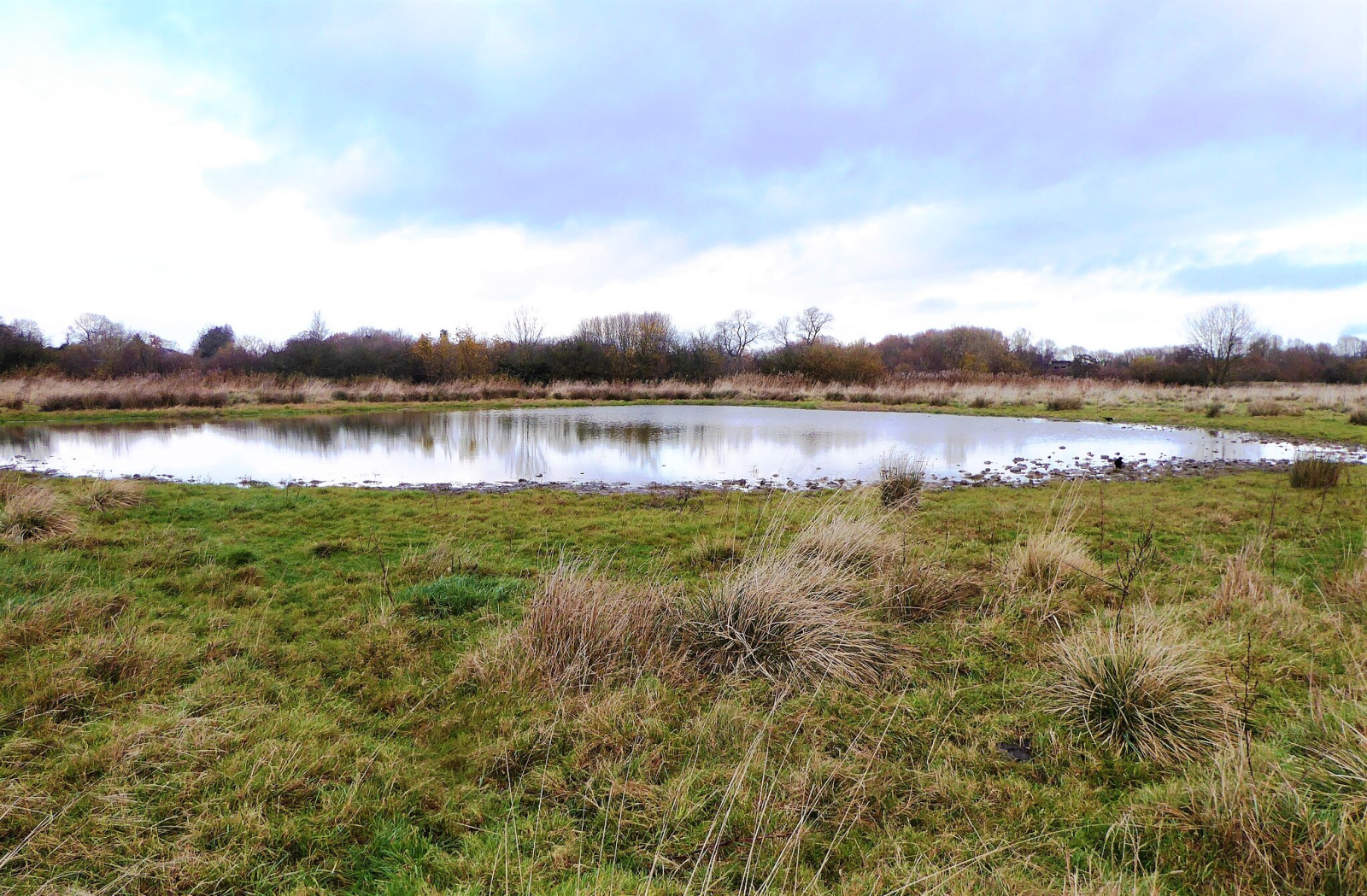Beschreibung
Wanlip meadows is part of the floodplain for the River Soar, adjacent to Watermead Country Park. Just a few miles from the city centre, this is a wild haven teeming with birdlife, as well as reptiles, amphibians and invertebrates. In the winter months, pop on a warm jacket, fill up a flask of something hot, wrap up warm and admire big flocks of wildfowl, including the tiny Krickente and gaggles of geese. Large flocks of Kiebitz are present in the winter, too, along with Bekassine. These species are making the most of the floodwaters that flow from the Soar, which recedes in the spring.
If a winter wander isn’t your thing, July and August are excellent for passage waders, like Waldwasserläufer and Rotschenkel, which are migrating at this time. Some will stay throughout the winter, whilst some of our rarer visitors, like Temminckstrandläufer and Bruchwasserläufer will turn up (hopefully!) at the end of the summer. Graureiher stalk the edges of the reserve all year round, and in the spring, you can spot Rohrammer and Teichrohrsänger flitting along the river’s edge.
Details
Zugang
The reserve is situated to the south of Wanlip village, alongside the River Soar, between Leicester and Loughborough. From Rectory Road, Wanlip, turn into Church Road and then right at the 'T' junction.



